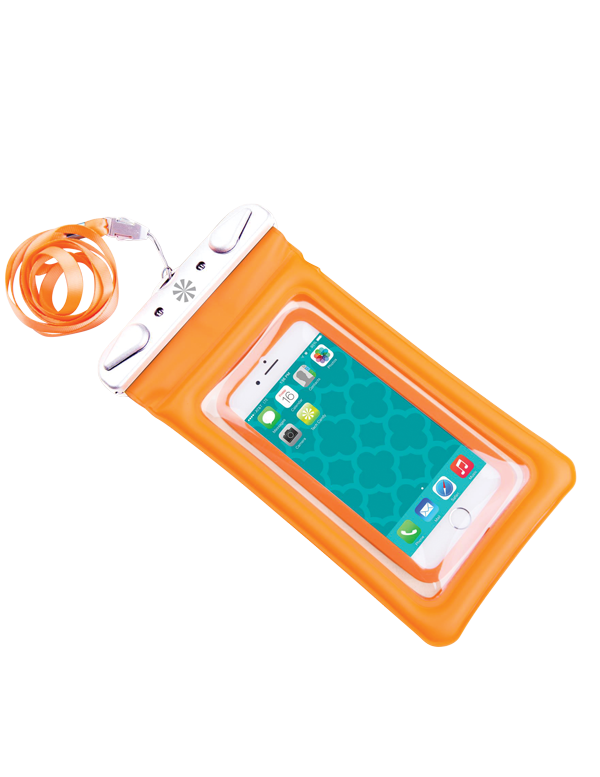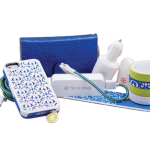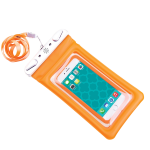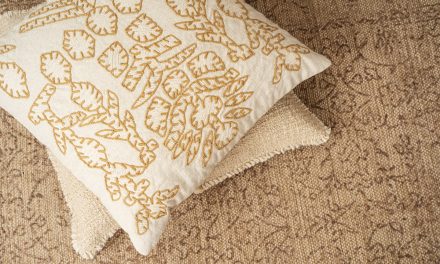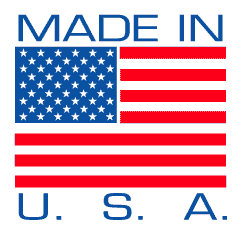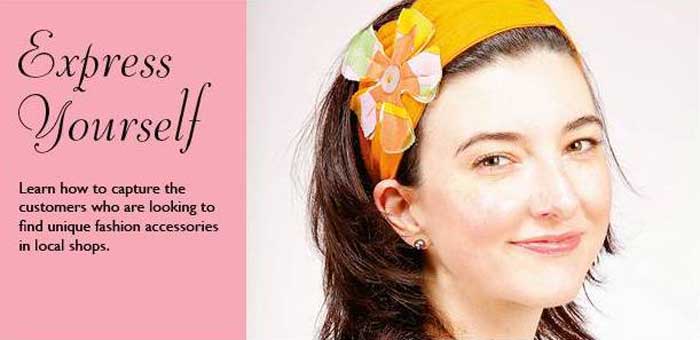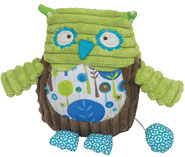- Matching smartphone accessories by Tech Candy www.ocgproducts.com
- Dry Spell Water Defender bag for phones by Tech Candy www.ocgproducts.com
- The Mighty PURSE www.hbutlergroup.com
The day after Apple announced record earnings in their first-quarter report, Time Magazine broke it down for all of us non-geeks by explaining that to sell 74.5 million iPhones in one quarter meant “Apple sold 34,000 iPhones every hour, 24 hours a day, each day over the three-month quarter. That’s just over nine iPhones sold every second.” We also learned recently that in total, Apple has shipped one billion iOS devices including iPhones and iPads. The numbers are truly staggering. They are facts that simply beg retailers to look at how their store is participating in a category that will not go away anytime soon.
The NPD Group reported that mobile phone accessory sales during the two-week period after the launch of iPhone 6 and iPhone 6 Plus in 2014 was $249 million. According to NPD’s new Smartphone Accessory Inventory Report, 41% of iPhone buyers say they purchase accessories when they buy the phone, but 58% buy their accessories after they have left the phone store. In addition, iPhone buyers spend nearly double after they leave the store as they did during their initial purchase.
Technology in the gift arena can include phone cases, speakers, charging cords, power sources, and a plethora of other adjunct items like phone charms, screen cleaners, or the now-famous Selfie Stick. “Women think of their phone as an accessory, like a purse or jewelry,” says April Mraz, CEO of Tech Candy. “Our goal is to create products to enhance a women’s experience with her phone—protect it beautifully and make it easier to use,” Mraz says.
Michelle Ruby, half of the Just Got 2 Have It powerhouse team running sales representative groups and showroom in Atlanta and Las Vegas explains why their new groundbreaking Las Vegas showroom has four technology vendors—Handbag Butler, Tech Candy, Triple C Designs, and Streamline. “Technology is a thriving category, and we believe our customers need options to offer products that fit their specific customer profiles,” she says. “It’s hard to imagine a successful gift store without some kind of tech accessories offering.”
What kinds of stores are successful with technology-related products? Any store selling general accessories. Michele Flamer with Handbag Butler, the maker of the Mighty Purse, says their products perform best in “stores that cater to savvy, fashionable women, which can include bookstores, clothing boutiques, gift stores, museum stores, and hospital gift shops. Everyone I know has a smartphone, and everyone is looking for ways to integrate the use of their phone into their daily life in fun and functional ways,” says Flamer. “The marrying of fashion and tech is the new normal.”
More than $20 billion was generated in smartphone accessories sales in 2012, and $38 billion is projected for 2015. When smart buyers read those statistics, they’re asking how their stores can capture some of this revenue stream. Many gift stores and boutiques have jumped on the bandwagon with dedicated technology areas in their store offering a wide array of products for smartphone owners. Still others are digging in their heels and refusing to move forward with this category.
When stores are asked why they don’t carry technology accessories, they reply with these three common reasons:
- “I carried cell phone covers a few years ago, and although they were successful, I’ve been there, done that.”
This statement is like saying “I carried a candle line last year, so I don’t need to anymore.” Candles are timeless gifts, and likewise are technology products. The technology industry is thriving, with consumers begging for more products to use with the one item in their life they carry 24/7. (As we know, many people DO sleep with their phones beside them!) Personal technology devices are not a fad, and like it or not, they are woven into almost every part of our day. People of all ages and walks of life are spending money on technology, and in many cases, will spare no expense to keep their devices dressed and accessorized.
- “There are too many phone styles and too many sizes to keep up with!”
Simply put, the Apple iPhone market penetration is so astounding, many retailers carry only Apple products, which serve eight out of every ten people who walk into their store. Given Apple’s historical product release strategy, there are usually only two to three phone styles being sold at any given time. That makes the desired store mix pretty easy to predict. Are there customers who will wish a store carried a case for their specific, less popular phone? Sure. But keeping it simple will cover the majority of customer requests. Most manufacturers are happy to coach stores on which styles to buy and when. Cherie Stine, Tech Candy COO, met with many customers during this January’s market to share her company’s prognosis. “We suggest for the first half of the year our customers buy 40% iPhone 5/5S, 40% iPhone 6, and 20% iPhone 6 Plus specific accessories—unless they are an iPhone case destination and would like to add a few options for iPhone 5C,” she says. She further explains, “It’s really not that complex. Just a few sizes that cover most of your constituency. Customers are great at self-selecting—they know what kind of phone they have in their hand.”
Also, it is important to note that there are many products on the market to fit a variety of devices with one purchase. The Mighty Purse, for instance, is a purse that recharges iPhones, Blackberry devices, Samsung Galaxy phones, and other Androids. Tech Candy offers a three-way charging cord that works with multiple iPhones, many Nooks, Kindles, and Android smartphones. Bluetooth-enabled products such as speakers or camera remotes will also connect with any smartphone and don’t discriminate based on brand, size, or style. Tech Candy launched a new product at this past January market called a Dry Spell—a water defender bag for smartphones allowing users to text while lounging at the pool—which is low on technology but high on the functionality scale. “Who doesn’t need that?” says Stine, when encouraging buyers to “take the plunge into a segment we call ‘Techcessories.’”
- “The phones change too often, and my inventory is suddenly obsolete!”
Turns out nothing could be further from the truth. Most people have signed two-year contracts and can’t buy a new phone when the latest and greatest is announced, which extends the shelf life on smartphone accessories for a particular size to almost four years. Many people who do upgrade their devices immediately give their outdated phone to someone else in their family, keeping the form factor alive for a longer time and driving sales of new cases and accessories by the new owner. In addition, when a new phone style is announced, the older style is usually offered for free with a two-year contract. This extends the older size to brand-new owners in a different demographic group. The bottom line? Products designed specifically for particular smartphone sizes or styles are not obsolete quickly—they remain viable gift options for years after they were “the next best thing.”
Dollars are being spent on personal technology devices. It’s a given. Your customers are carrying iPhones into your store each and every day. Perhaps it’s time for your store to assess your ability to serve the needs of your customers when it comes to all things smartphone related.
Apple reported numbers and analysis from Time Magazine: bit.ly/applereport
NPD Quotes on accessory sales: bit.ly/npdquotes
Quote on total accessory sales in 2012 and projections: bit.ly/smrtphnaccess


